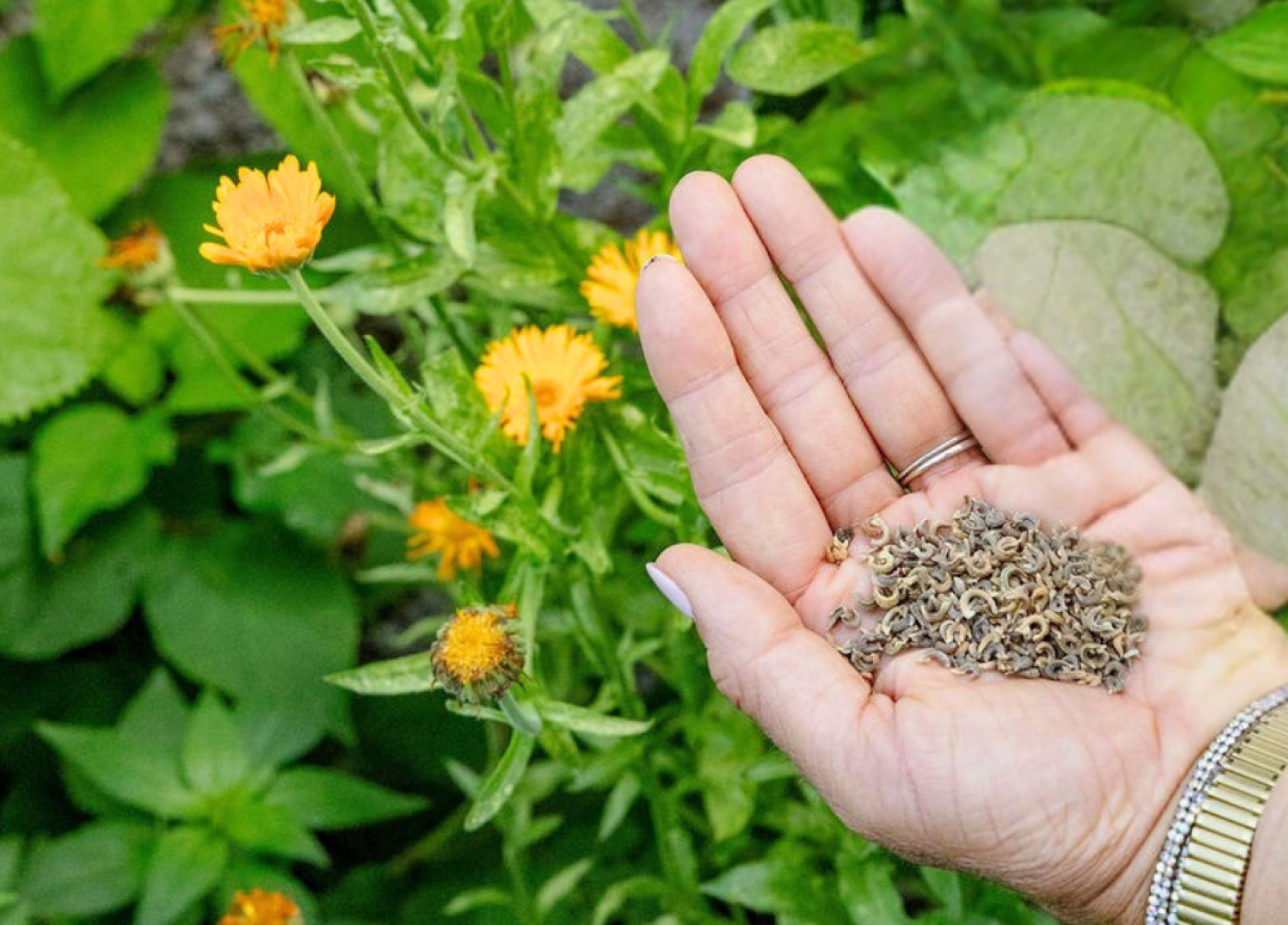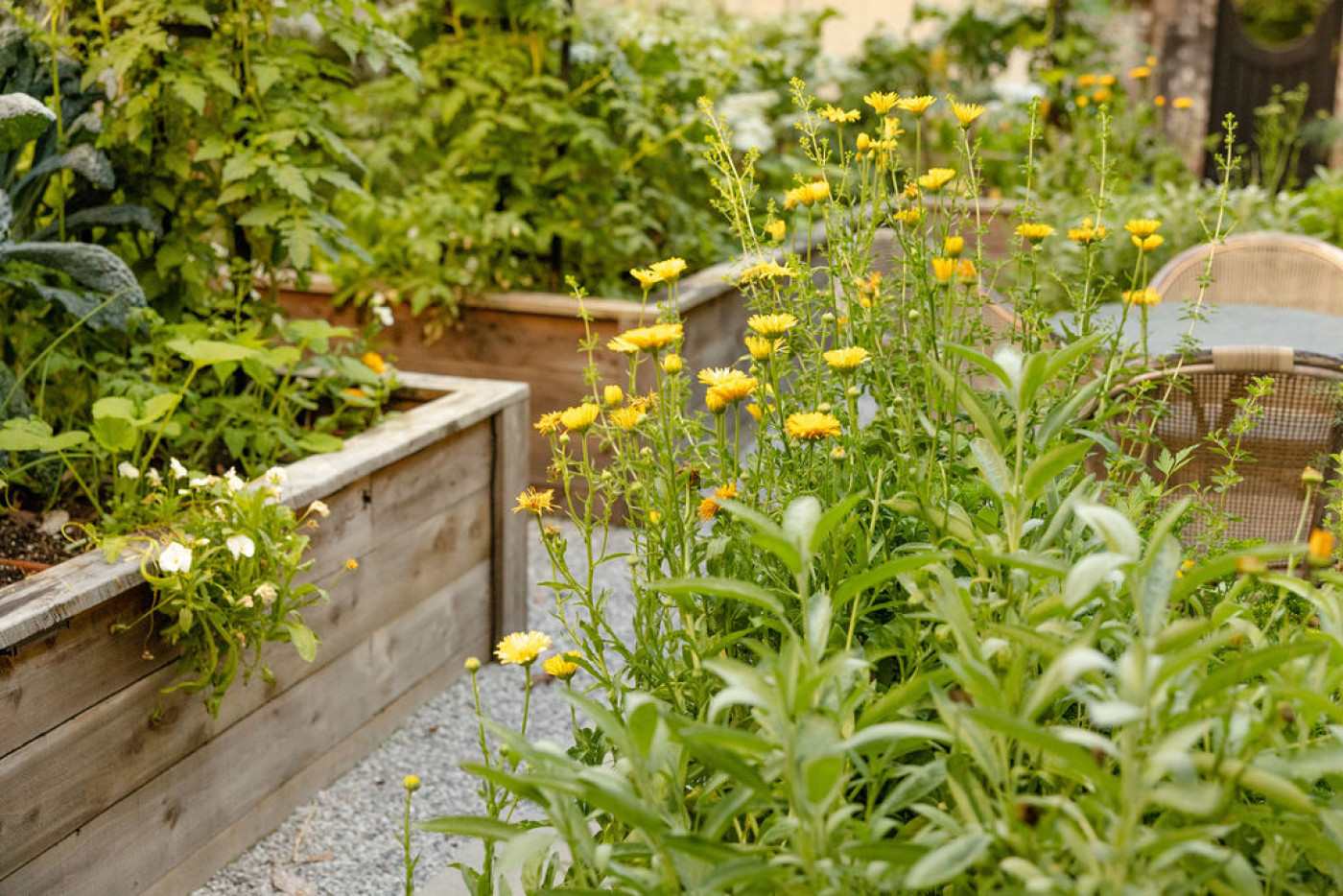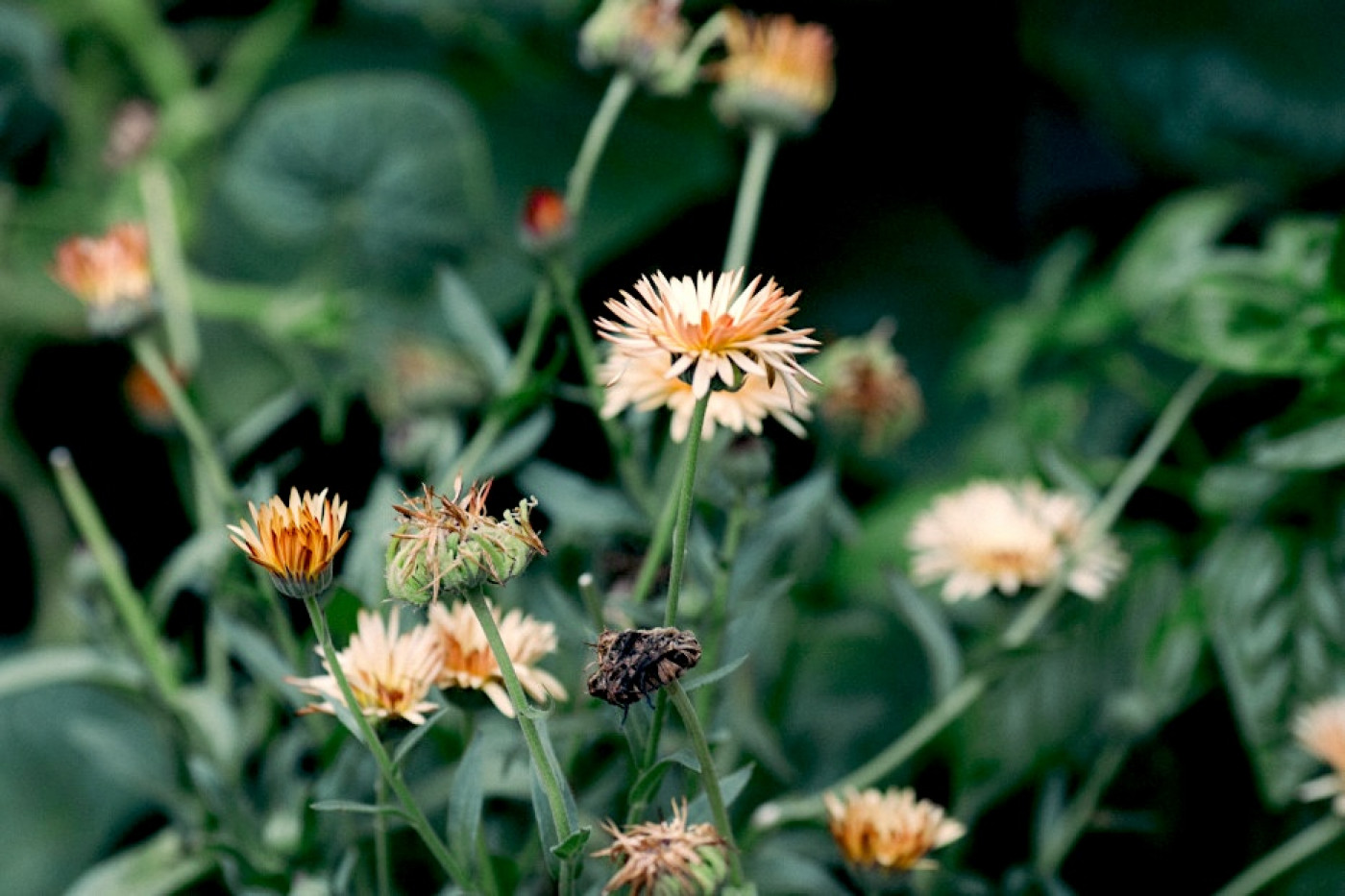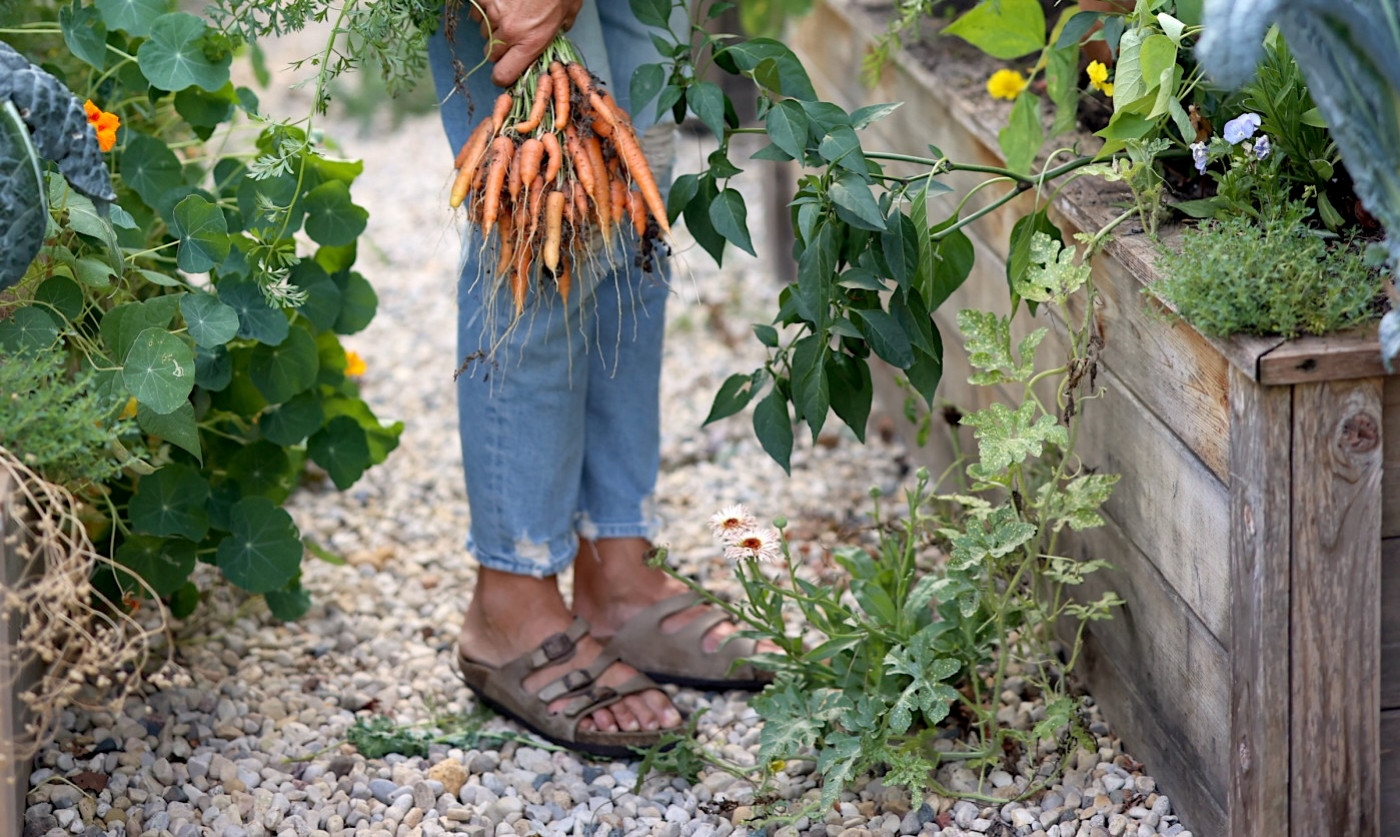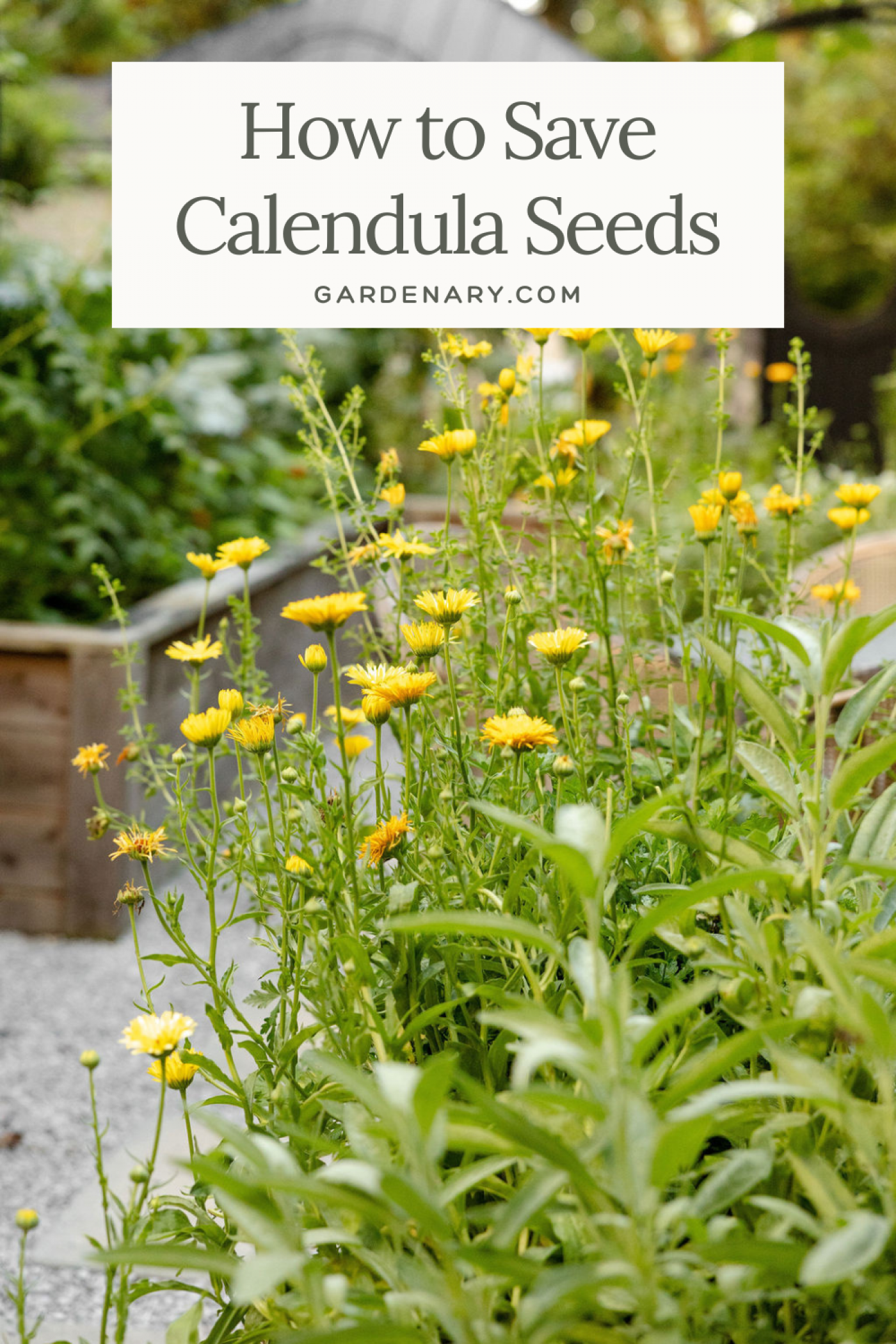Save Your Own Calendula Seeds
What saves you money, teaches you about life, and allows you to spread the wealth?
Seed saving, of course.
Few flowers are easier to start from seed and grow than calendula. Once those calendula plants have completed their life cycle, it's super simple to harvest and save the seeds for next year. In fact, calendula is one of the easiest plants to save seeds from.
Just one plant will produce enough seeds to keep you supplied for years. You'll have way more seeds than you could ever need (unless, you know, you're getting 50 times your current gardening space next year), which means you can share those seeds with others. Wrap them in little packets to give as gifts to friends, family, and neighbors who want to try growing their own plants.
Let's look at how to save your calendula seeds.
How to Harvest Calendula Seeds
In the picture below, you can see calendula flowers in different stages of growth. There are some flowers in full bloom, reveling in all their floral glory. These flowers are providing tons of pollen for our pollinators. For other flowers, their petals have already dried and become papery. Those dried petals will soon fall to the ground.
Eventually, the flower will completely dry out and turn brown. At this stage, the seeds are ready to be collected. To protect the seeds, pieces of the stem curl up around them, but all you need to do to release the seeds is turn the dried flower upside down and ruffle the dried stem with your fingers.
Calendula seeds are shaped like little squids. They're nice and large, which makes them easier to collect, save, and sow at the right depth.
Pull the seeds apart to see how many you've collected. Each bloom will likely yield six to ten seeds.
How to Save Calendula Seeds
Now that you've harvested the seeds, you have two options for what to do with them. You can either sprinkle them in your garden like confetti and lightly cover them with soil to let the garden "save" your seeds for next year, or you can store your seeds inside.
If you're bringing your seeds inside, pour them into a seed container or envelope labeled with the plant type and date of collection.
Store in a cool, dry place for next season. (Learn more about proper seed storage to keep your seeds vital as long as possible.)
The Gardenary Cool Season Garden Planner
The secret to cool season gardening is knowing your timing, picking the right crops, and staying consistent—this planner walks you through it, step by step.
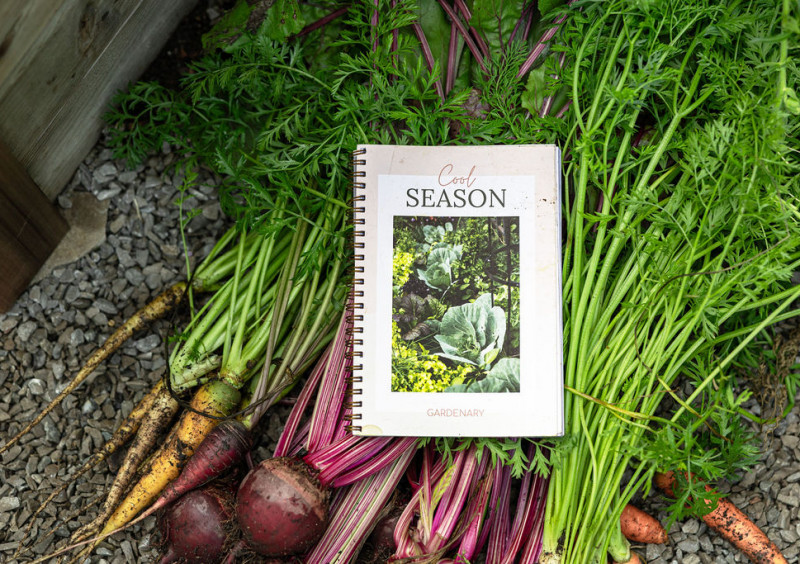
Will Calendula Self-Seed?
Even if you don't go through these simple steps to save your seeds, you'll probably still end up with more calendula plants next year; you just won't have any control over where they come up in your garden.
Calendula is a powerful self-seeder in the garden, which means it will drop seeds that grow on their own if you don't collect all of the dead flowers. A lot of gardeners end up with calendula growing along their pathways or right next to their flower beds where seeds have fallen and nestled over the winter. As soon as the temperature is optimal again, those seeds will germinate and start new life cycles. We call these volunteer calendula plants.
Time to Save Some Calendula Seeds
Like I said, saving calendula seeds is super easy. No gardening skills required. Keeping the plants alive? Also easy. I do very little to care for my calendula plants (and nothing to care for the perfectly nice plant growing in the gravel!).
So save those seeds and gift them to other gardeners and even gardener-hopefuls in your life to spread the magic of the kitchen garden. Here's to making the most out of your gardening time and space!
More Seed-Saving Tips
Learn how to save

